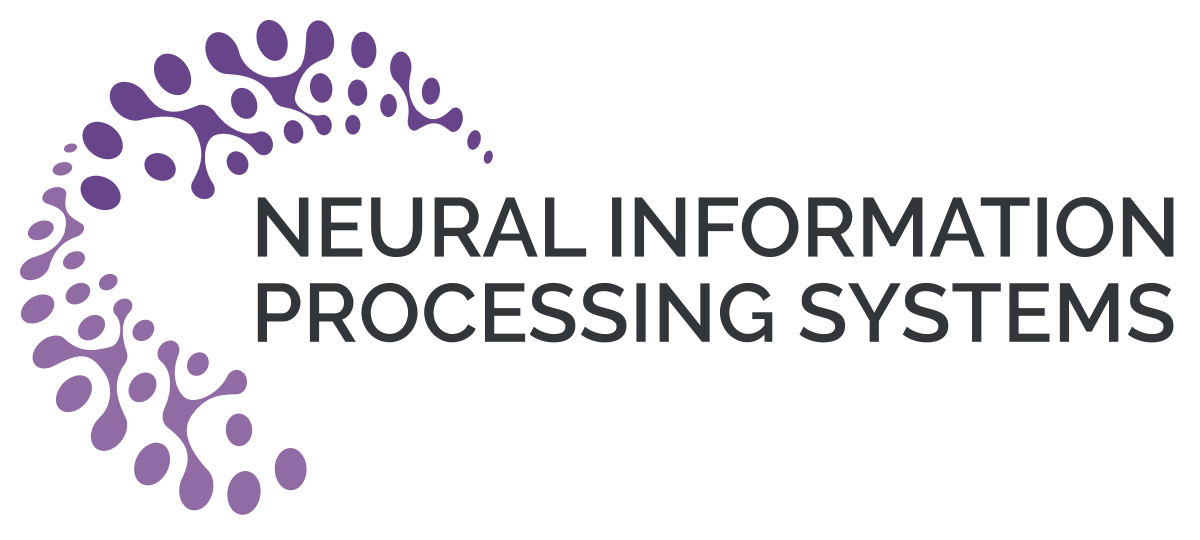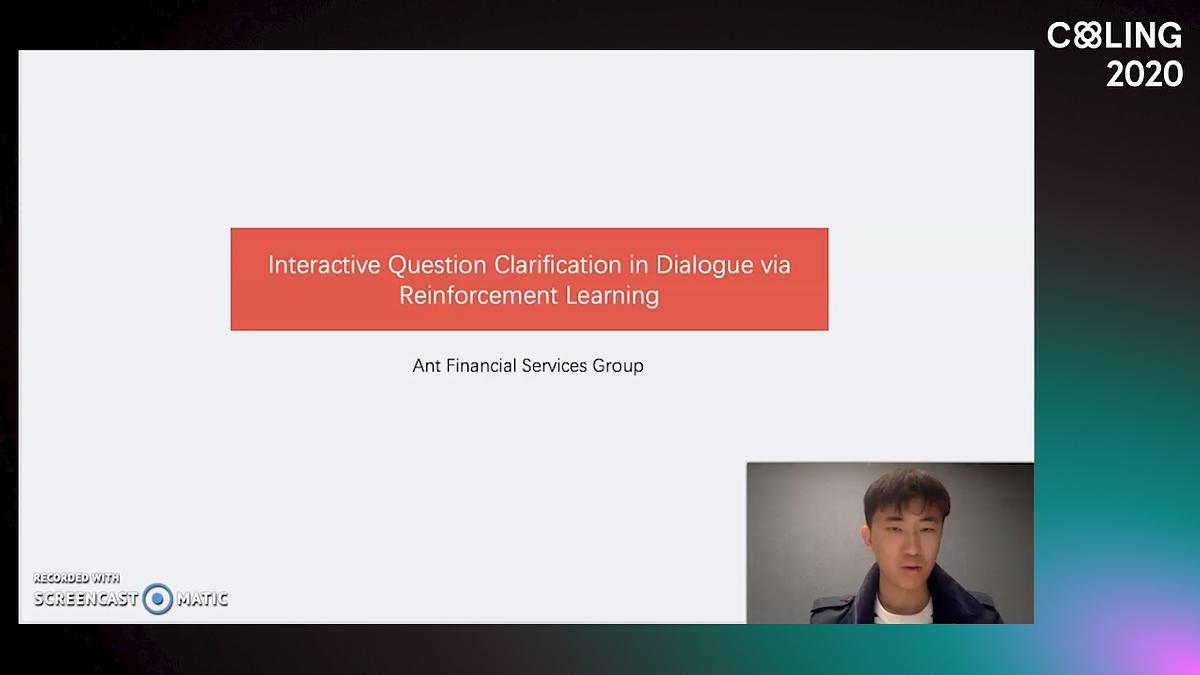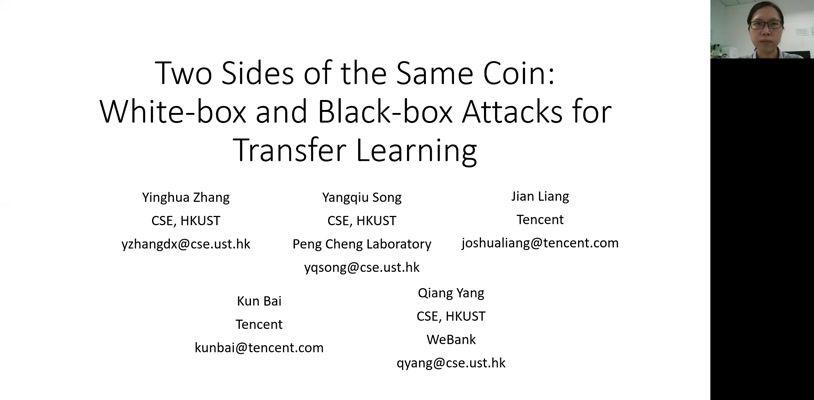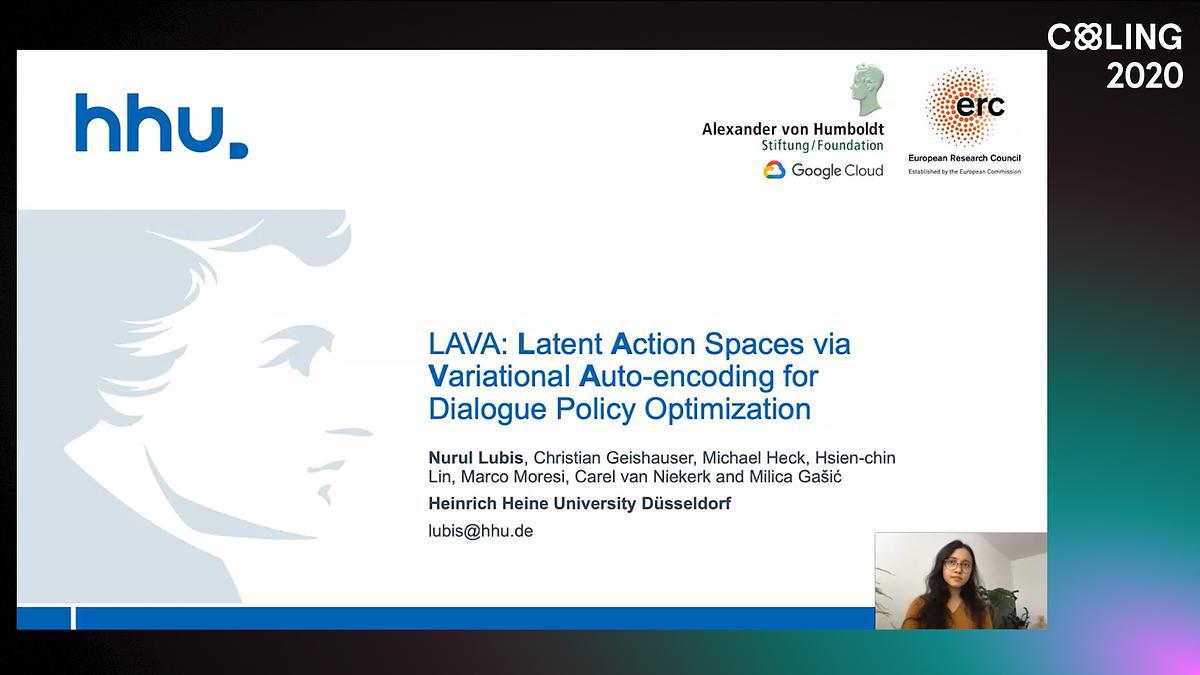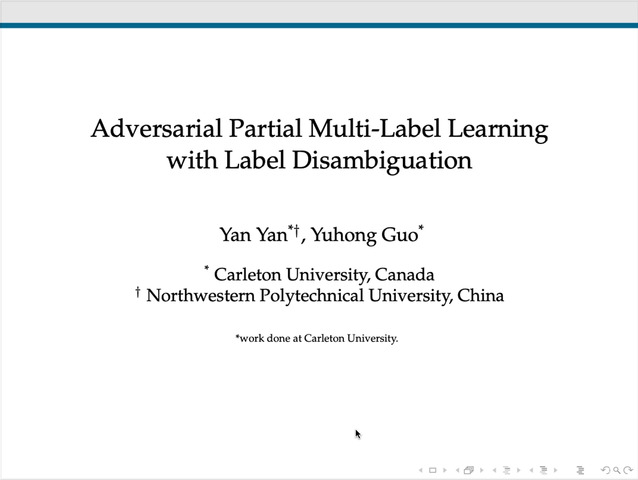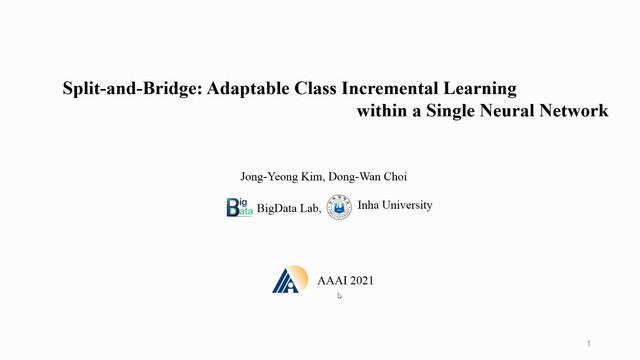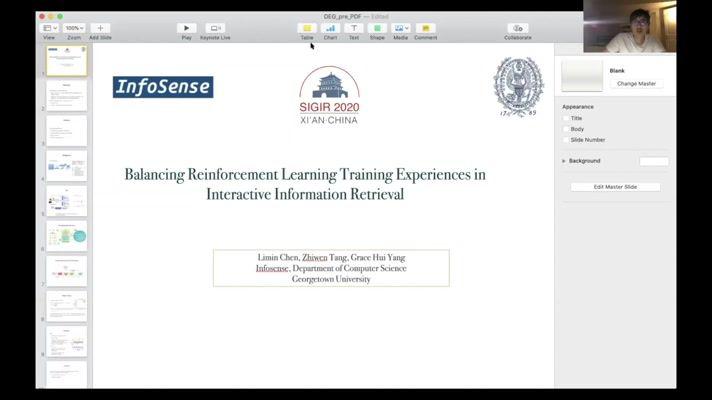Abstract:
Learning communication via deep reinforcement learning has recently been shown to be an effective way to solve cooperative multi-agent tasks. However, learning which communicated information is beneficial for each agent's decision-making process remains a challenging task. In order to address this problem, we explore relational reinforcement learning which leverages attention-based networks to learn efficient and interpretable relations between entities. On the foundation of relations, we introduce a novel communication architecture that exploits a memory-based attention network that selectively reasons about the value of information received from other agents while considering its past experiences. Specifically, the model communicates by first computing the relevance of messages received from other agents and then extracts task-relevant information from memories given the newly received information. We empirically demonstrate the strength of our model in cooperative and competitive multi-agent tasks, where inter-agent communication and reasoning over prior information substantially improves performance compared to baselines. We further show in the accompanying videos and experimental results that the agents learn a sophisticated and diverse set of cooperative behaviors to solve challenging tasks, both for discrete and continuous action spaces using on-policy and off-policy gradient methods. By developing an explicit architecture that is targeted towards communication, our work aims to open new directions to overcome important challenges in multi-agent cooperation through learned communication.

